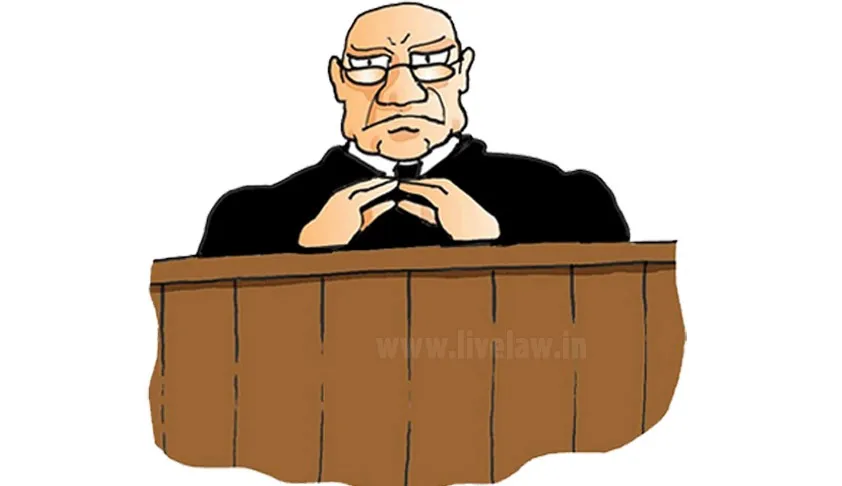Whether Additional District Magistrate / Additional Chief Metropolitan Magistrate can assist in taking physical possession of property under SARFAESI?
Shubham
Budhiraja[1]
A took a Loan from Bank and
defaulted. B issued notice under SARFAESI and took symbolic possession of
property. To get physical possession, it filed application under section 14 to
take help of DM/CMM. Aggrieved by delay in deciding this application, Bank filed
writ in High Court wherein CMM cited that due to long pendency of cases, it is
not practical to decide the application within 30 days. HC held that DM/CMM can
take assistance of ADM/ ACMM. A challenged the order. Hon'ble Supreme Court
affirmed the High Court view and held that (I) under CRPC, both CMM and ACMM
are of equal rank so far as judicial power are concerned, (II) Section 14
Application require no application of mind. It's executory and ministerial act.
Hence, Section 14 Application can be filed and decided by ADM / ACMM.[2]
(I) The step to be taken by the CMM/DM under
Section 14 of the SARFAESI Act, is a ministerial step. While disposing of the application
under Section 14 of the SARFAESI Act, no element of quasijudicial function or
application of mind would require. The Magistrate has to adjudicate and decide the
correctness of the information given in the application and nothing more.
Therefore, Section 14 does not involve an adjudicatory process qua points
raised by the borrower against the secured creditor taking possession of secured
assets.
(II)
Any Metropolitan Magistrate can be appointed
by the High Court to be the Chief Metropolitan Magistrate. The High Court may
appoint any Metropolitan Magistrate to be an Additional Chief Metropolitan
Magistrate, and such Magistrate shall have all or any of the powers of a Chief Metropolitan
Magistrate under Cr.PC or under any other law for the time being in force as
the High Court may direct.
(III)
The Chief Metropolitan Magistrate and every
Additional Chief Metropolitan Magistrate shall be subordinate to the Sessions
Judge; and every other Metropolitan Magistrate shall, subject to the general
control of the Sessions Judge, be subordinate to the Chief Metropolitan
Magistrate. Thus the judicial powers and the powers, under the Cr.PC which may
be exercised by the Chief Metropolitan Magistrate, can be exercised by the
Additional Chief Metropolitan Magistrate also. Thus, the Additional Chief
Metropolitan Magistrate can be said to be at par with the Chief Metropolitan
Magistrate in so far as the powers to be exercised under the Cr.PC are concerned.
(IV)
The Chief Metropolitan Magistrate in
addition, may have administrative powers. However, for all other purposes and
more particularly the powers to be exercised under the Cr.PC both are at par.
Therefore, the Additional Chief Metropolitan Magistrate cannot be said to be subordinate
to the Chief Metropolitan Magistrate in so far as exercise of judicial powers
are concerned.
(V)
The powers under Section 14 of the SARFAESI
Act can be exercised by the concerned Additional Chief Metropolitan Magistrates
of the area having
jurisdiction and also
by the Additional District Magistrates, who
otherwise are exercising
the powers at par with the concerned District Magistrates either by
delegation and/or special order.
[1]
Advocate, Delhi High Court [LLB, ACS, BCOM(H)], Founder & Secretary of NGO,
Shaurya Ek Samman, Budhirajalawchambers@gmail.com
[2] CIVIL
APPEAL NO. 175 OF 2022




Comments
Post a Comment